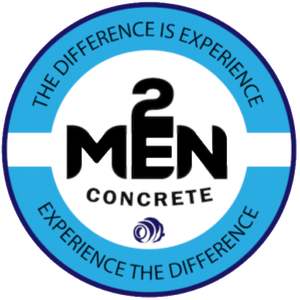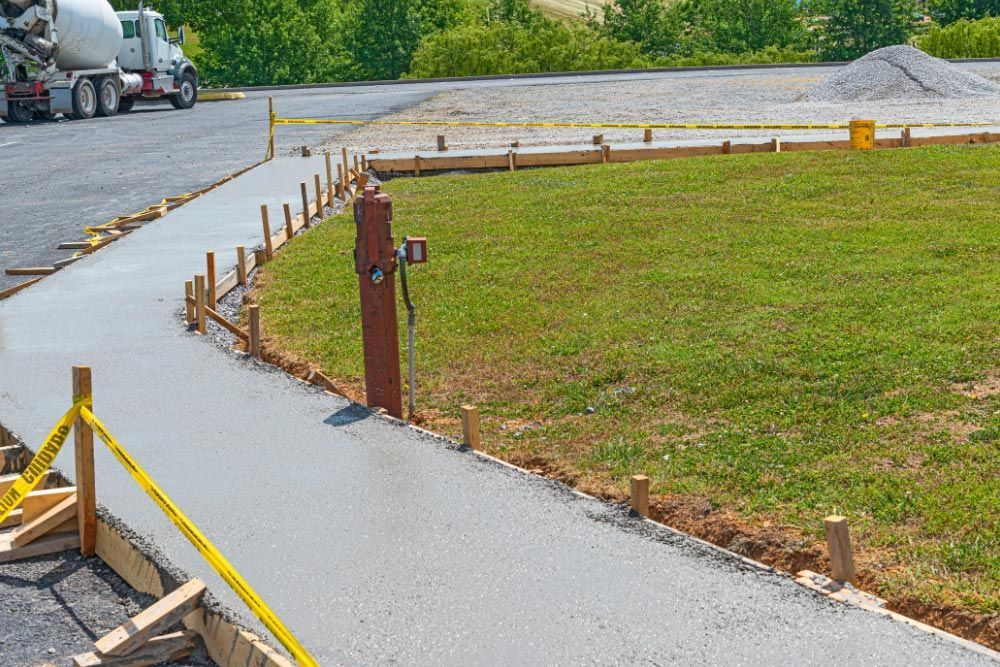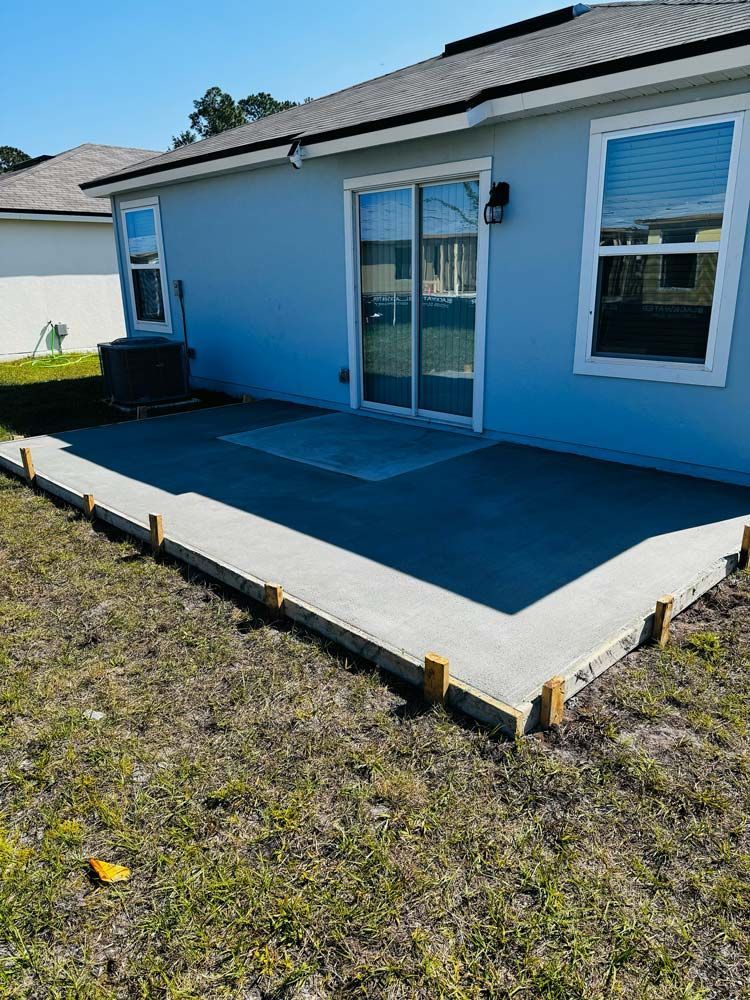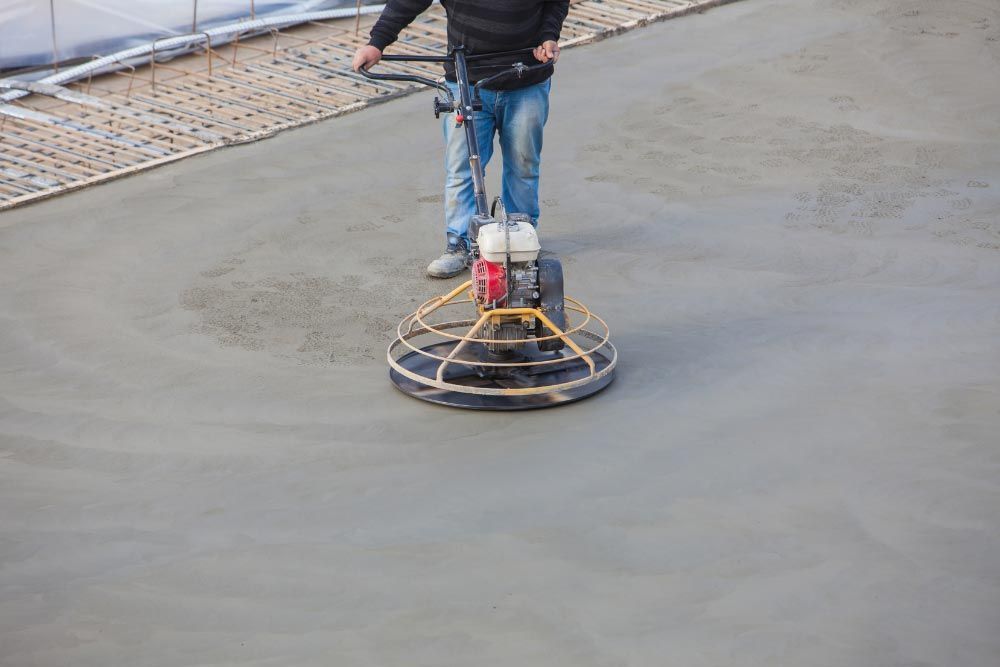Concrete Repair vs. Replacement: What’s the Difference?
Concrete is one of the most durable and widely used building materials in the world. From driveways and sidewalks to patios and foundations, it forms the backbone of countless residential and commercial structures. However, over time, concrete can crack, chip, or degrade due to weather, heavy traffic, or poor installation. When this happens, homeowners and property managers often face a critical decision: Should you repair your concrete or replace it entirely?
Understanding the difference between concrete repair and replacement, as well as the costs, benefits, and longevity of each option, is essential for making an informed decision. In this guide, we break down everything you need to know.
What is Concrete Repair?
Concrete repair is the process of fixing damaged or deteriorated concrete without removing the entire slab. Repairs are usually targeted, addressing only the areas that are compromised. Common types of concrete damage include:
- Cracks: Hairline to structural cracks caused by settlement, freeze-thaw cycles, or excessive load.
- Spalling: Surface flaking or chipping due to water penetration or freeze-thaw damage.
- Staining or discoloration: Caused by rust, oil, chemicals, or algae growth.
- Minor settling or uneven surfaces: Can create tripping hazards and water pooling.
Common Concrete Repair Methods
- Crack Filling or Sealing: Epoxy or polyurethane is injected into cracks to prevent water infiltration and restore structural integrity.
- Resurfacing: Applying a thin layer of cementitious or polymer-based overlay to smooth the surface and improve appearance.
- Patching: Removing damaged sections and filling them with new concrete or repair mortar.
- Stabilization or Leveling: Using polyurethane foam or mudjacking to lift sunken slabs back to level.
Benefits of Concrete Repair
- Cost-effective: Repairing concrete is usually 30–70% cheaper than full replacement.
- Quick process: Most repairs can be completed in a few hours to a couple of days.
- Less disruptive: Minimal demolition and clean-up are required.
- Environmentally friendly: Less concrete waste ends up in landfills.
What is Concrete Replacement?
Concrete replacement involves removing the existing damaged slab and pouring a new one. This is a more extensive process than repair and is usually recommended when the damage is widespread, severe, or affecting the structural integrity of the concrete.
Signs You May Need Replacement
- Large cracks that are widening over time.
- Concrete that is severely spalled, crumbling, or breaking apart.
- Uneven settling that cannot be fixed with leveling techniques.
- Poorly constructed or failed concrete that repeatedly deteriorates despite repairs.
Steps in Concrete Replacement
- Demolition: Breaking up the old slab using jackhammers or saws.
- Site Preparation: Excavating and leveling the area, installing forms, and adding a base layer of gravel or sand.
- Pouring and Finishing: Mixing and pouring new concrete, smoothing the surface, and applying a finish (broom, stamped, or polished).
- Curing: Allowing the concrete to harden properly over 7–28 days for maximum strength.
Benefits of Concrete Replacement
- Long-term solution: New concrete can last 25–50 years with proper maintenance.
- Improved aesthetics: Replacement allows you to update the design, color, or texture.
- Structural integrity: Resolves foundational or structural issues that repairs can’t fix.
- Customization options: You can incorporate stamping, staining, or decorative elements.
Concrete Repair vs. Replacement: Key Differences
| Feature | Concrete Repair | Concrete Replacement |
|---|---|---|
| Cost | Lower (30–70% cheaper) | Higher (full removal + new pour) |
| Time | Quick (hours to days) | Longer (days to weeks) |
| Disruption | Minimal | High (demolition, construction noise) |
| Durability | Extends lifespan (5–20 years) | Long-term (25–50 years) |
| Appearance | Matches existing concrete | Can customize finish, color, texture |
| Structural Fix | Suitable for minor damage | Necessary for severe or structural issues |
Factors to Consider When Deciding
- Extent of Damage: Small cracks or surface spalling are ideal for repair. Large, structural damage often requires replacement.
- Age of Concrete: Older slabs may benefit more from replacement, especially if the concrete is reaching the end of its lifespan.
- Budget: Repairs are cost-effective for minor issues, but repeated repairs can add up over time.
- Desired Longevity: Replacement is the better option for a long-lasting solution.
- Aesthetics: Replacement offers an opportunity to update the look of your property.
- Subgrade Issues: If soil movement or drainage problems caused the damage, replacement is often necessary.
Cost Comparison: Repair vs. Replacement in 2025
Compare the costs, benefits, and longevity of concrete repair versus full replacement in 2025 to make an informed decision for your patio or driveway.
| Factor | Concrete Repair (2025) | Concrete Replacement (2025) |
|---|---|---|
| Cost per sq. ft. | $3 – $10 | $6 – $30 |
| Average Total Cost | $500 – $2,500 (small to medium areas) | $1,500 – $10,000+ (depending on size & design) |
| Labor | Minimal; usually 1–2 days | Extensive; 2–7+ days |
| Materials | Patching compound, sealers | Concrete mix, reinforcement, finishing materials |
| Durability | 3–10 years (depending on damage & quality) | 25–50 years |
| Complexity | Low to moderate | Moderate to high |
| Maintenance | May require periodic touch-ups | Minimal; occasional sealing recommended |
| Pros | Cost-effective, quick, preserves existing slab | Long-lasting, full design freedom, improves property value |
| Cons | Shorter lifespan, may not fix underlying issues | Higher upfront cost, longer installation |
Maintenance Tips to Extend Concrete Life
Whether you choose repair or replacement, proper maintenance can significantly extend the life of your concrete:
- Seal concrete surfaces every 2–3 years to prevent water penetration.
- Avoid deicing chemicals that can cause surface scaling.
- Address cracks early to prevent them from widening.
- Ensure proper drainage to reduce water pooling near slabs.
- Regular cleaning to prevent stains, moss, and mold growth.
Final Thoughts
Choosing between concrete repair and replacement depends on the extent of damage, budget, longevity goals, and aesthetic preferences. For minor cracks or surface imperfections, repair offers a cost-effective, quick solution. For severe damage, structural concerns, or outdated concrete, replacement provides a long-lasting, visually appealing outcome.
If your concrete shows signs of damage, don’t wait. Contact a licensed concrete contractor to evaluate your options for repair or replacement and get a professional estimate tailored to your project.
Frequently Asked Questions
Can cracked concrete be repaired?
Yes. Small cracks and surface damage can be repaired with sealants or patching. Large or structural cracks usually need replacement.
How long do repairs last?
Minor repairs last 5–10 years, resurfacing 15–20 years, and full replacement 25–50 years with proper care.
When should I choose replacement over repair?
Choose replacement for severe damage, structural issues, old concrete, or if you want a new design. Repair works for minor cracks or surface problems.
Can I do repairs myself?
Small repairs can be DIY, but professional help is recommended for large cracks, sunken slabs, or structural damage.
How do I maintain concrete?
Seal every 2–3 years, clean regularly, fix small cracks early, avoid harsh chemicals, and ensure proper drainage.



